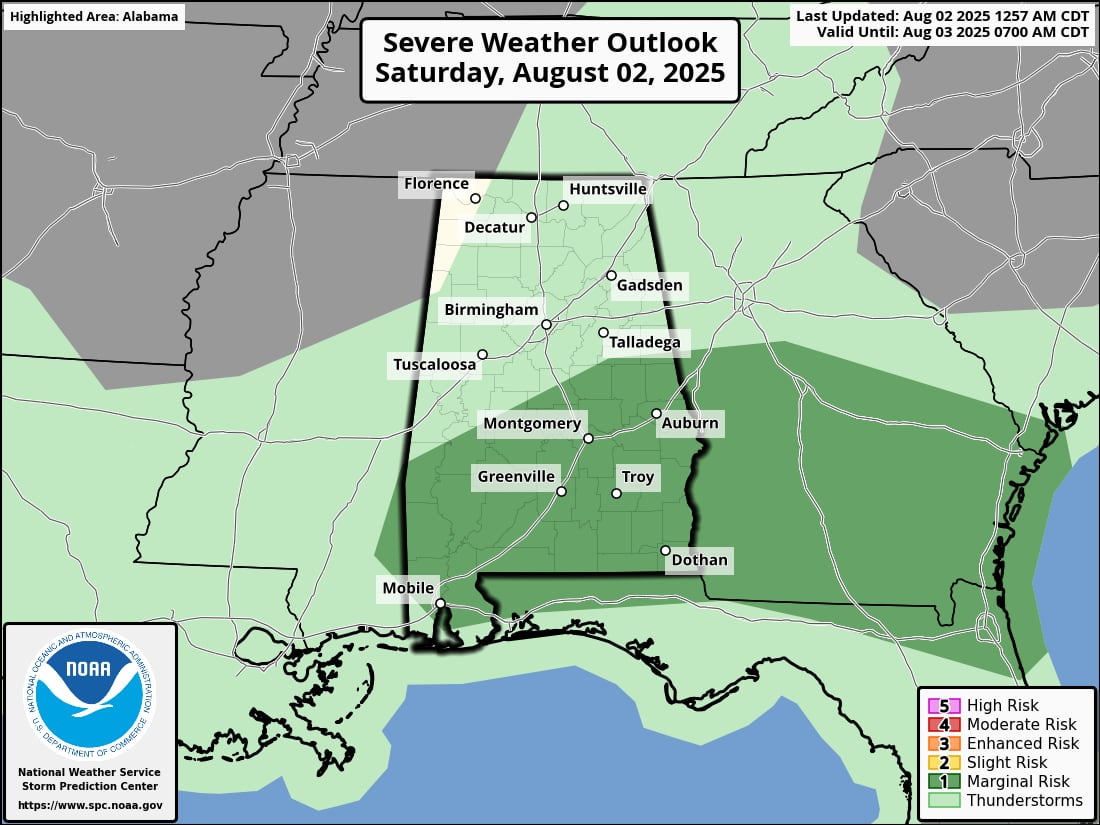The calendar indicates that we only have one month left in summer, but you wouldn’t know it from the intense heat outside. Fall will soon be among us, with September bringing football, the first signs of fall foliage, and of course, pumpkin spice lattes.
However, as we go into fall, you might notice that the days are getting a little bit shorter while you wait for a much-needed dose of cooler weather. Before you know it, we will revert to early sunsets and the end of daylight saving time.
Nearly eight months after it began on Sunday, March 9, daylight saving time will end on Sunday, November 2, at 2 a.m. People will get an extra hour of sleep on November 2nd as clocks go back by one hour. Until the procedure is repeated and daylight saving time resumes (or springs forward) on Sunday, March 8, 2026, we shall continue to operate on regular time.
On November 2, there will be more light in the morning and less in the evening, and sunrise and sunset will occur around an hour earlier than the previous day.
In 1918, DST was formally implemented in the United States as an energy-saving method to increase the amount of daylight during outdoor hours. After World War I, it came to a stop, but during World War II, it returned.
Local governments were free to choose whether or not to observe DST and what dates they used after the war. Throughout its history, the dates for DST and standard time have been altered several times. The most recent modification occurred in 2007, when the Energy Policy Act of 2005 extended DST by one month in an effort to reduce energy use.






